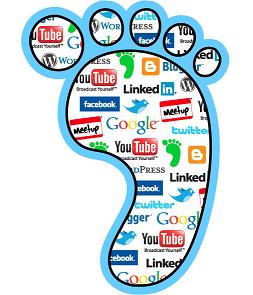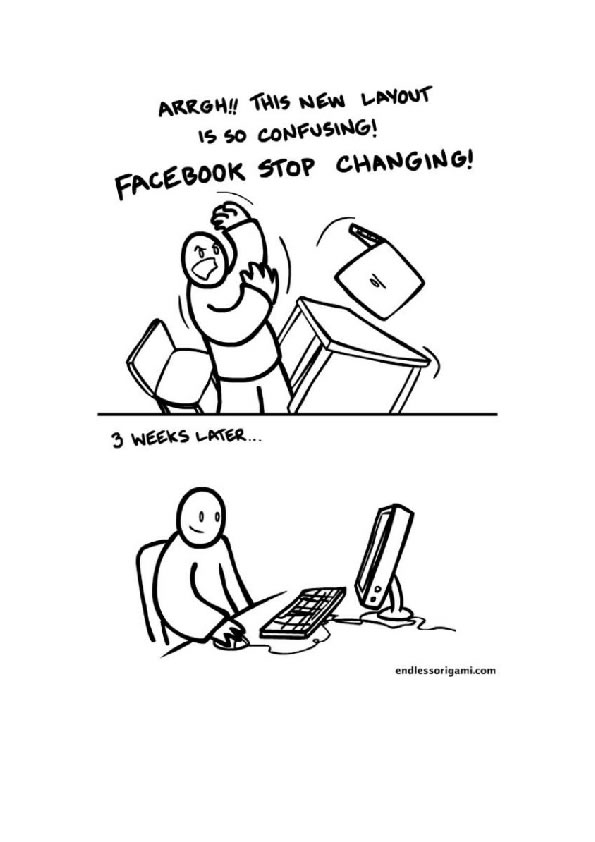 I can’t hold off any longer. It feels like every day I’m seeing more and more people jump on the Pinterest bandwagon. Facebook, Twitter, at the gym or around the dinner table, people are talking about their newfound obsession of this quick to rise new social media superstar.
I can’t hold off any longer. It feels like every day I’m seeing more and more people jump on the Pinterest bandwagon. Facebook, Twitter, at the gym or around the dinner table, people are talking about their newfound obsession of this quick to rise new social media superstar.
So for anyone who hasn’t yet immersed themselves, or if you are poised on the edge of taking the leap, let’s take a look at a few of the reasons Pinterest might just be a good way to market your business.
Now before we go on, I’ve got to give Hubspot credit for our highlights list today. We are just skimming the surface with this BLOG, for the in-depth detail, make sure you download the Hubspot
Free EBook just released: ‘How to use Pinterest for Business’
But just before I hand over to HubSpot, heres some food for thought for our Fitness Industry friends. Given its visual platform and themed based content creation, Pinterest strikes me as a prime environment for the fitness community. Just think of the inspiration clients could get from pin-boards full of pics, motivational sayings and the encouragement they might feel from a positive and uplifting virtual visual experience.
Ok, lets’ get cracking. Pinterest in summary: is a social network that allows users to visually share, curate, and discover new interests by posting, also known as ‘pinning,’ images or videos to their own or others’ pin-boards (i.e. a collection of ‘pins,’ usually with a common theme).
Users can either upload images from their computer or pin things they find on the web using the Pinterest bookmarklet, pin it button, or just a url.
So why use Pinterest for Business?
- Traffic – Early research indicates that Pinterest is more effective at driving traffic compared to other social media sites, even Facebook.
- Links – If you are using the “pin It” button on your pages, every single one of your pins will include a link back to the source.
- Leads – Pinterest will soon start contributing to lead generation.
- Social Sharing – Pinterest enables users to log in using their Twitter or Facebook profiles, connectivity that is critical for social media success.
- Important to know if you’re thinking about Pinterest for business: there is no direct statement that marketers cannot use the social network for promotional purposes, however the site does discourage blatant self-promotion.
Highlights of Marketing for business:
- Create visual content
- Create a user-generated pinboard
- Host a contest
- Add the Pin-it button to your website
- Gather insight into your customer personas
- Stand out as an industry thought leader
- Create a video gallery
- Use hashtags
- Feature off-line events
- Showcase your business personality
Don’t forget for more detail jump on and check out the Free Ebook, here’s that link again: ‘How to use Pinterest for Business’
I suddenly feel myself becoming one of ‘those’ people. Best watch out the next time you see me at the gym, I might just start raving about “this great new social media site called Pinterest” Have you heard of it?



 I can’t hold off any longer. It feels like every day I’m seeing more and more people jump on the Pinterest bandwagon. Facebook, Twitter, at the gym or around the dinner table, people are talking about their newfound obsession of this quick to rise new social media superstar.
I can’t hold off any longer. It feels like every day I’m seeing more and more people jump on the Pinterest bandwagon. Facebook, Twitter, at the gym or around the dinner table, people are talking about their newfound obsession of this quick to rise new social media superstar.









